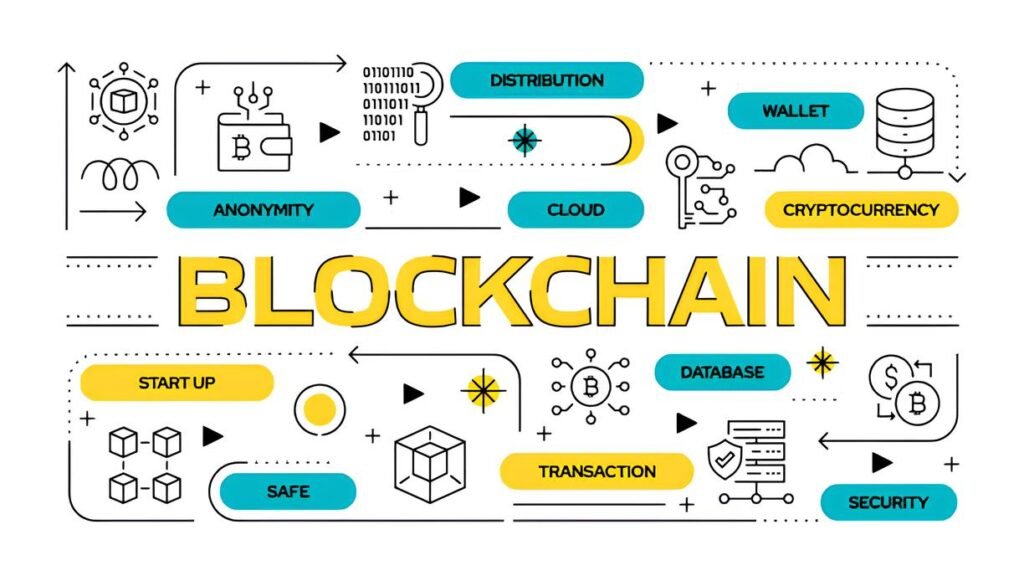How to Avoid Fake Darknet Privacy Certifications
Imagine you’re preparing for a high-stakes journey into a mysterious city where identities blur and trust is currency. You want to wear a badge ensuring your safety, but what if that badge is counterfeit? In the shadowy world of darknet privacy, fake certifications can feel like such false badges—promises of security that can lead to breaches, scams, or worse: exposure.
Privacy certifications sound reassuring: they carry authority, imply rigorous checks, and suggest trustworthiness. Yet, in the darknet ecosystem where verification is inherently complicated, fraudulent certificates can circulate unchecked. How do you recognize these tricks before your anonymity unravels? Let’s unravel this complex problem together.
In This Article
Why Do Fake Privacy Certifications Exist?
On the darknet, trust is a scarce and valuable asset. Amid hackers, activists, journalists, vendors, and curious explorers, privacy certifications promise a seal of approval that a tool, service, or vendor genuinely respects anonymity and data security.
But with anonymity comes an enticing opportunity for deception. Offering fake certifications can:
- Attract unwary users who rely on badges as quick trust shortcuts.
- Boost fraudulent vendor or service reputation to gain more business or data.
- Enable hostile actors to spread malware under the guise of “verified” tools.
In short, fake certifications are a social engineering vector—manipulating expectations about privacy to exploit users vulnerable to misplaced trust.
Understanding Darknet Privacy Certifications
Before we learn to spot fakes, it helps to understand what authentic darknet privacy certifications look like—if they exist at all. Unlike consumer-facing certifications like SSL or ISO compliance, darknet privacy certifications are usually:
- Community-driven or peer-reviewed rather than official government or corporate seals.
- Technical audits or code reviews performed by trusted pseudonymous experts.
- Transparent processes where results, methodologies, and criteria are publicly shared.
- Rarely standardized, varying in quality and thoroughness.
Examples include privacy-focused tool endorsements by prominent darknet developers or curated lists by well-known darknet repositories. Even these “certifications” tend to be more recommendations than guarantees.
Red Flags of Fake Certifications
Spotting counterfeit privacy certifications requires a mixture of skepticism and savvy technical understanding. Key warning signs include:
- Lack of transparency: No clear audit or source for the certification claim.
- Overly generic or vague claims: Phrases like “military-grade encryption” without technical details.
- Unverifiable signatures or certificates: No way to independently confirm the authenticity.
- Fake websites or mirrors: Certification sources that mimic legitimate ones but use misspelled URLs or unfamiliar domains.
- Pressure tactics: Urgency in messaging telling you to trust quickly, often paired with promises of “one-time offers.”
- Reputation mismatches: Tools or services with poor community reviews suddenly showing “certified” badges.
Take the example of a privacy VPN claiming “Darknet Trusted Seal 2024” yet lacking any linked endorsement or cryptographic verification. This is an immediate red flag.
Beware certifications offered via short-lived darknet marketplaces. Fake seals are frequently recycled to lend credibility to scam sites that quickly vanish after stealing funds or data.
Tools and Techniques for Verification
When digital anonymity is your goal, manual verification is your best tool. Here are some practical approaches:
- Check cryptographic signatures: Authentic certifications often come with PGP-signed attestations. Verify the public keys independently.
- Consult reputable darknet directories and forums: Cross-reference certification claims with known community sources. Avoid taking claims at face value.
- Use decentralized reputation platforms: Projects like certain privacy-focused forums or blockchain-based trust systems offer transparent histories and validations.
- Verify software hashes: For privacy apps, verify SHA256 or PGP signatures before installation. This avoids installing compromised or counterfeit tools.
- Test the software on isolated systems: Use sandbox environments or privacy-optimized operating systems like Tails or Whonix to check behavior before trusting.
For those interested, tools and best practices on testing VPNs and Tor configurations can provide additional layers of trust when verifying privacy claims.
Best Practices for Skeptical Darknet Users
Navigating the darknet safely requires more than trusting badges. Here are some operational security habits to protect yourself:
- Maintain multiple trusted information sources: Cross-verify certifications and privacy claims from diverse communities.
- Avoid relying solely on certifications: Treat them as one data point among many when assessing a service.
- Prioritize open-source software: Transparency of code helps build real trust over shiny certificates.
- Regularly update your threat model: As new scams or deceptive certifications emerge, your evaluation criteria should evolve. Consider privacy guides like “threat modeling for darknet users” for deeper operational layers.
- Safeguard your device hygiene: Use dedicated hardware or virtual machines isolated from your personal systems to reduce compromise.
Regularly educating yourself on privacy tools and staying engaged with trusted darknet communities is the best defense against falling for fake certifications.
Why Faking Certifications Doesn’t Equate to Privacy
Counterfeit badges and certifications offer only the illusion of privacy. Real privacy emerges from a combination of technology, user behavior, and ongoing vigilance.
For instance, a tool marketed with a “verified” label can still contain backdoors, collect metadata, or leak information through poor implementation. Certifications don’t guarantee protection against social engineering, misconfiguration, or hardware exploits.
Moreover, certification brands themselves can be hijacked or impersonated. Complex cryptographic validations and community vetting mechanisms get bypassed when users do not verify the chain of trust.
This is why, regardless of certifications, your privacy strategy should always include:
- Layered protections: Use VPNs, Tor, hardened OSes, and strong encryption practices cumulatively.
- Behavioral caution: Avoid patterns that can identify you, including repeated pseudonyms or device fingerprints.
- Knowledge of technical fundamentals: Know how to verify digital signatures, hashes, and network configurations yourself.
FAQ
Q: Are there any officially recognized darknet privacy certifications?
A: There are no global/governmental certifications explicitly for darknet tools. Most certifications are community-driven or independent audits by privacy-focused experts.
Q: What if a darknet tool claims to be “military-grade” certified—is that legitimate?
A: “Military-grade” is mostly marketing jargon and not a standardized security credential. Always ask for detailed audits and cryptographic proofs.
Q: Can I trust PGP signatures on darknet software guarantees?
A: PGP signatures provide authenticity if you verify the public key belongs to a trusted source. Blind trust in a signature without key verification is risky.
Q: Where can I learn to verify darknet tools and certificates better?
A: Resources like “how to verify PGP keys without revealing yourself” offer practical steps for maintaining privacy while validating trustmasters on the darknet.
In a World Built on Trust, Verify Twice
The darknet thrives on anonymity, but paradoxically depends on fragile trust networks. Fake privacy certifications exploit our instinctual reliance on symbols that scream “security” without delivering substance.
As darknet users, the smartest move is not to hunt badges blindly but to cultivate a culture of verification, open skepticism, and layered defenses. Your anonymity badge isn’t a sticker on a website—it’s the result of diligent verification, smart operational security, and continuous learning.
So next time you see a glowing “certified” label on a darknet VPN, tool, or forum, pause and ask: Who issued this? Can I independently verify it? What happens if this trust breaks? Your privacy depends on the answers.



